State-of-the-art process nodes are getting more expensive, and even the cost per transistor isn’t dropping anymore, so we’ll increasingly see cheap CPUs and GPUs being unable to use the latest processes. Fortunately, TSMC is also preparing lower-cost versions alongside the high-end nodes. Right now, 6nm node serves the role, but cheaper 4nm manufacturing should soon be available instead, which could help a lot especially for GPUs. Read more “TSMC has cheaper 4nm node, making low-end CPUs, GPUs viable”
Category: Technology
Stacked DRAM on the horizon. Could be a revolution like 3D NAND
DRAM used in operating memory has long been experiencing problems. It doesn’t have the best scaling to new manufacturing nodes, which limits capacity growth. Things used to be similar with 15nm NAND Flash, the last gen before planar technology was replaced by 3D NAND. That literally breathed new life (or at least TBWs) into SSDs. However, a stacked “3D” version is now shaping up for DRAM as well, giving hopes it could be similarly groundbreaking. Read more “Stacked DRAM on the horizon. Could be a revolution like 3D NAND”
RTX Video HDR: Nvidia’s AI gives ordinary web videos HDR look
Last year, Nvidia introduced a feature called RTX Video Super Resolution, which uses the GPU to upscale and enhance web video with a DLSS 1.0-like filter utilising an artificial intelligence (though you can use this upscaler in VLC Media Player as well). This technology has now been extended to RTX Video HDR, which is again an AI filter that recreates (simulates) an HDR component for an ordinary video, adding high dynamic range visuals. Read more “RTX Video HDR: Nvidia’s AI gives ordinary web videos HDR look”
HAMR disks are here. Seagate launches Mozaic 3+, a laser HDD
It was supposed to happen last year, but it wouldn’t be HAMR if the technology wasn’t always further away from market than expected. However, we finally have the official announcement of the first of these “laser” HDDs, the arrival of which kept being anticipated and then delayed over and over for the last decade or more. HAMR drives use amazingly advanced nanotechnology, but according to Seagate, their reliability has been carefully tested. Read more “HAMR disks are here. Seagate launches Mozaic 3+, a laser HDD”
Nvidia unveils DLSS 3.5: Better ray tracing not only for RTX 4000
Nvidia has now announced a new iteration of its DLSS AI upscaling technology, following on from the third generation or DLSS 3 from last year. However, the new DLSS 3.5 is somewhat confusingly named, as it is to some extent more of a continuation of DLSS 2.x – this improvement will not depend on DLSS 3 (also referred to as Frame Generation). That means it works on older GeForce RTX 2000 and RTX 3000 generation graphics cards. Read more “Nvidia unveils DLSS 3.5: Better ray tracing not only for RTX 4000”
Microsoft preparing its own AI chips to compete with Nvidia’s GPUs
The development of artificial intelligence has gained mainstream awareness in recent months with news around ChatGPT and OpenAI and similar projects. These advanced neural networks and AI models have large hardware requirements, benefiting Nvidia, whose GPUs are used to train and run these neural networks. But this interest may also bring new competitors. Among them is reportedly Microsoft, which is preparing its own chips for AI. Read more “Microsoft preparing its own AI chips to compete with Nvidia’s GPUs”
Kioxia trying HLC NAND with 7 bits per cell, LN2 cooling required
A few years ago, we used to look down on TLC NAND flash that stores 3 bits in a single cell and ask for SSDs with SLC (just 1-bit) flash memory. Since then, TLC has become the norm, and the lower-quality tier was taken over by QLC chips with 4 bits per cell and even worse endurance and performance. And it seems this trend could continue, as Kioxia and WD are preparing “hepta-level cell” NAND that would store 7 bits at once. Read more “Kioxia trying HLC NAND with 7 bits per cell, LN2 cooling required”
First AMD FSR 3.0 sneak peek, technology is similar to DLSS 3
Few months ago, AMD has announced ongoing work on the third generation of FidelityFX Super Resolution (FSR) upscaling, which should bring a similar feature to DLSS 3 – interpolating of intermediate frames inserted between legitimate game frames, much like TVs do with video and movies. AMD has now formally confirmed this and presented FSR 3.0, which will offer frame interpolation and will again be open technology (including source code). Read more “First AMD FSR 3.0 sneak peek, technology is similar to DLSS 3”
WD introduces Dual Actuator HDDs reaching SATA SSDs speeds
Hard drives are often considered obsolete or plain bad technology, but they still serve an important role when vast storage space is needed without breaking the bank. Fortunately, this technology is still continuing to evolve. We’ve seen HAMR from Seagate recently and now it’s Western Digital’s turn with a performance-enhancing innovation for a change. Performance is chief weakness of HDDs, but there are ways to improve it. Read more “WD introduces Dual Actuator HDDs reaching SATA SSDs speeds”
FSR 2.0 is no eyesore now. AMD upscaler analysis in Deathloop
The second version of FidelityFX Super Resolution is officially released. This upscaler premiered in Deathloop, the first and so far the only supported game. We compared FSR 2.0 with FSR 1.0 in our tests, both visually and performance-wise. While FSR 1.0 couldn’t compete visually with Nvidia’s DLSS, and the result was significantly worse, AMD pulled the thorn out of its heel with FSR 2.0. A full-featured alternative is now available. Read more “FSR 2.0 is no eyesore now. AMD upscaler analysis in Deathloop”
PWM vs. DC control. Why do fans work better with impulses?
We avoid it like the plague when it comes to backlighting LCD monitors, but we can’t imagine the best fans without it. We’re talking about pulse-width modulation for voltage regulation. In this article, we will explain in the simplest possible terms the reason why PWM regulation is gradually replacing linear regulation. Related to this in computers is the strong disproportion of 3-pin to 4-pin fans, of which there are considerably more. Read more “PWM vs. DC control. Why do fans work better with impulses?”
N4X: TSMC unveils special processes for high performance chips
Five to ten years ago, Intel had been the undisputed king of silicon processes, but the delay of 10nm node has ended that and TSMC has been the clear leader since. It is often said that its processes are specialised for mobile use, still remaining inferior to Intel in terms of the maximum achieved clock frequency. But this might change soon. The company will now focus on this very area and high performance chips for PCs. Read more “N4X: TSMC unveils special processes for high performance chips”
First OptiNAND-based WD HDDs go on sale. 20 TB without SMR
HDD capacities have been rising slowly lately and new larger HDDs often take very long to ship after being announced. But it looks like we are finally getting somewhere: the first 20 TB capacity HDDs (without SMR) are coming, from Western Digital. They’re actually coming to the market with general availability. What’s more, they are interesting because they are the first drives with the recently introduced OptiNAND technology. Read more “First OptiNAND-based WD HDDs go on sale. 20 TB without SMR”
Samsung will start 2nm chip production 3 years after 3nm node
Samsung’s semiconductor production has been a center of negative news lately. Apart form delays, Samsung processes are believed to be inferior to TSMC node-for-node. But despite this Samsung is still the number two in leading edge process nodes out of the Foundry producers. Now the company has announced 2nm node, which should go into production in four years, two to three years after the volume ramp of the 3nm technology. Read more “Samsung will start 2nm chip production 3 years after 3nm node”
Nvidia shares experimental new DLSS models for public testing
The version of Nvidia DLSS integrated in games can be upgraded manually by replacing DLL files by newer and better ones from another game. TPU has an archive for various versions extracted from games, but there’s an even better opportunity to tweak the upscaling quality in games now: Nvidia will offer development DLSS models for testing directly, this will allow you to try even the newest pre-release experimental versions. Read more “Nvidia shares experimental new DLSS models for public testing”




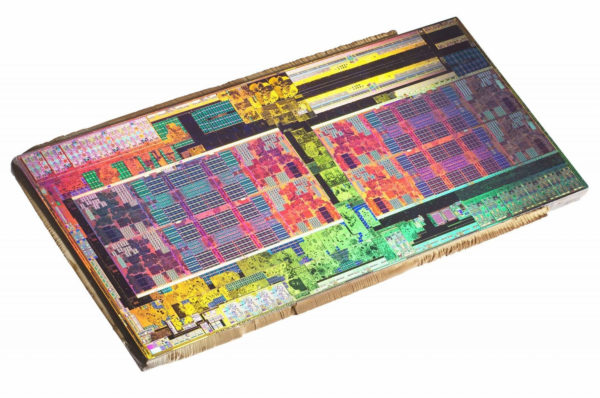
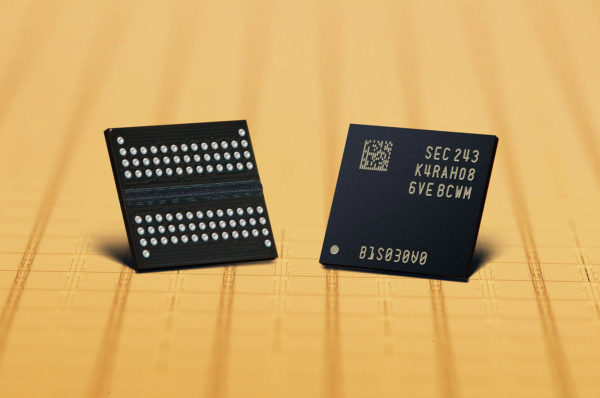

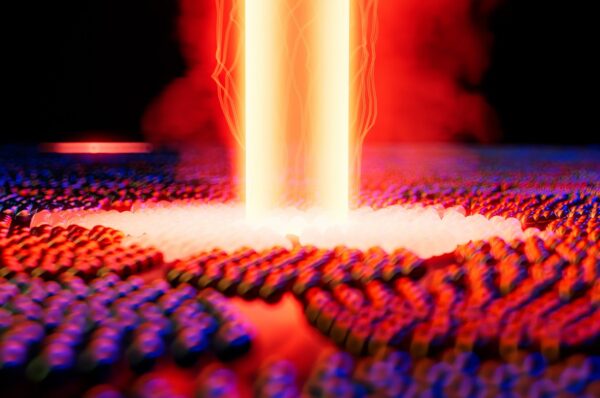
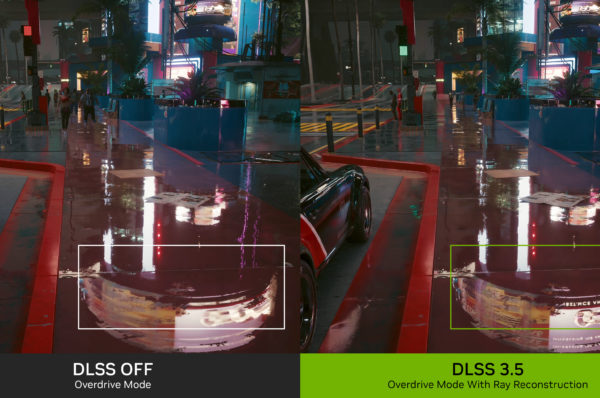
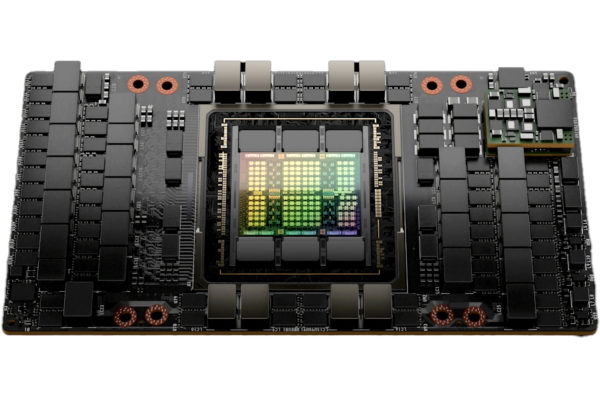
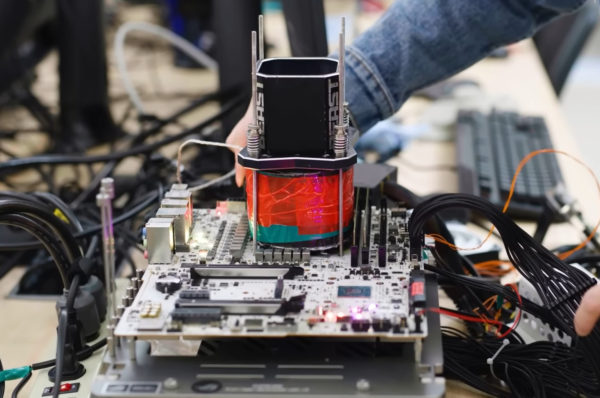
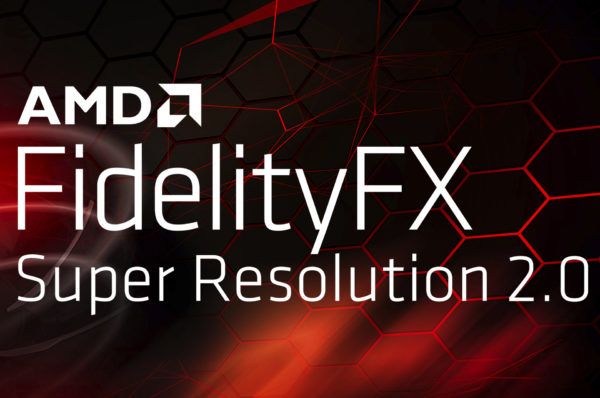
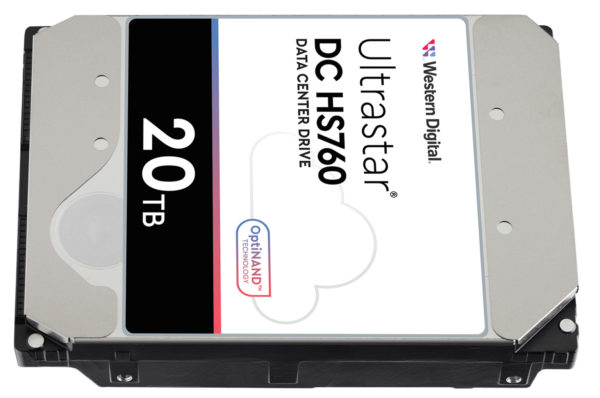
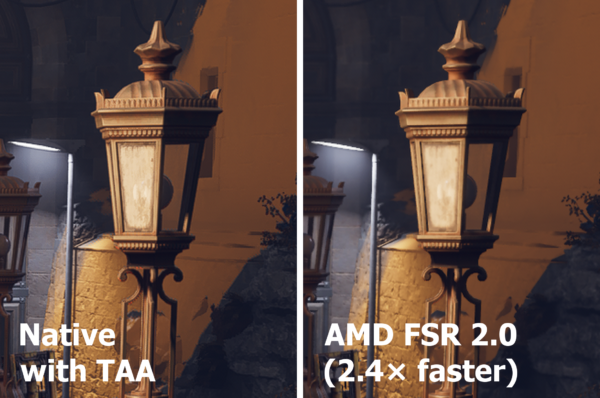
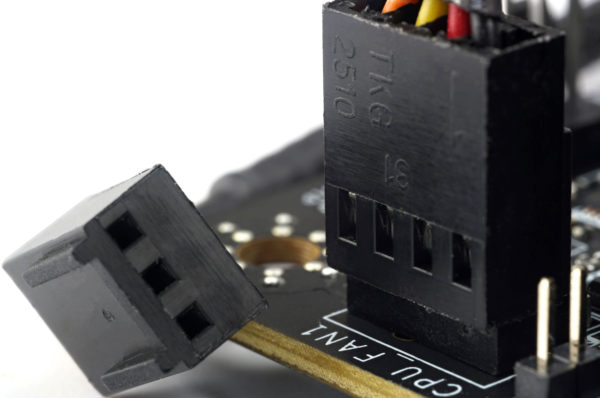
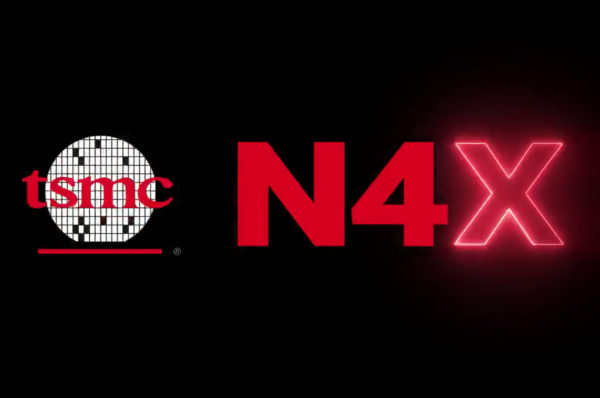
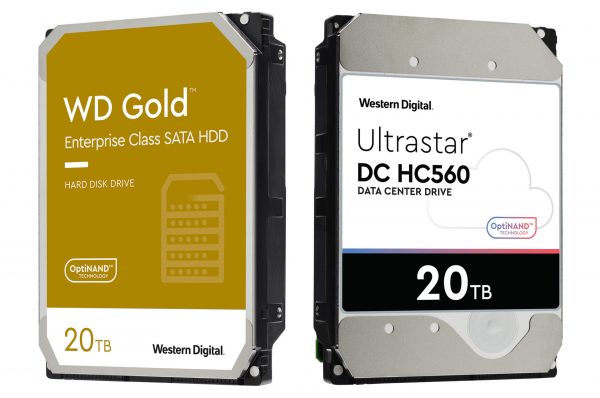
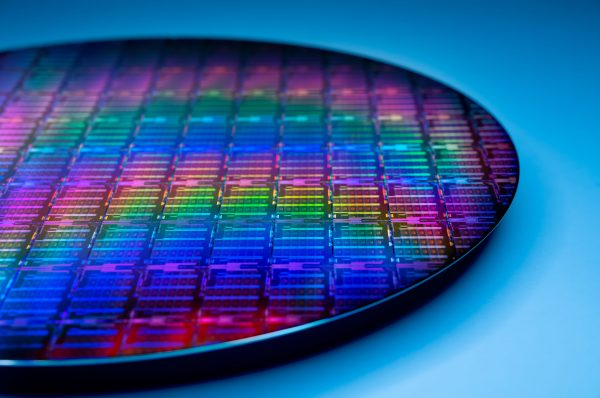
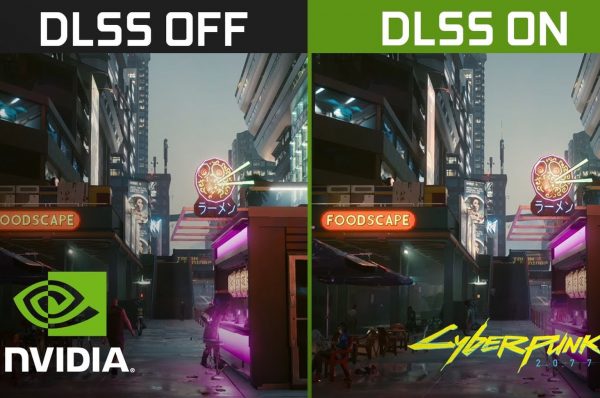
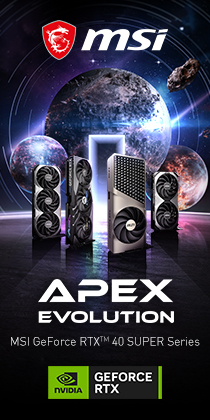
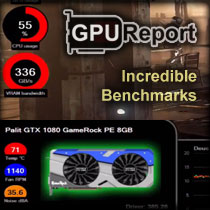

Latest comments